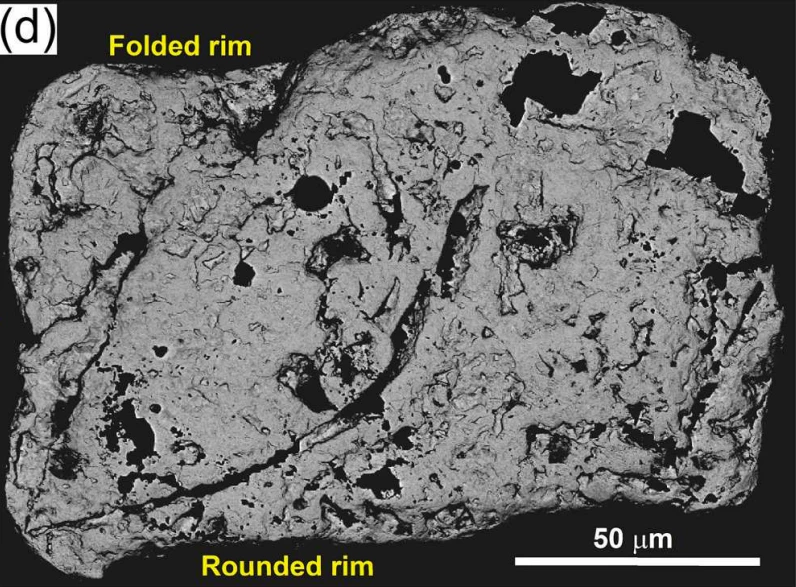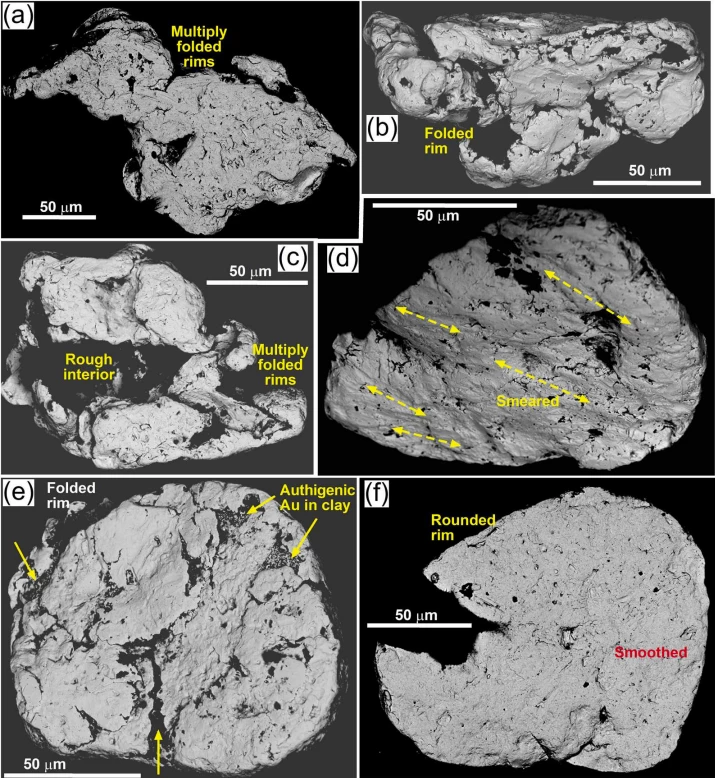Step aside, golden beaches – now we have stretches of sand glimmering with real pieces of gold. Scientists have captured the first highly detailed photos of the golden precious metal found among the sand along the coastline of New Zealand's South Island.
Researchers at the University of Otago have painstakingly assembled the most comprehensive look at the tiny pieces of gold that are well hidden in the white sandy beaches that stretch along the country's eastern coastline. Captured in vivid detail, the shimmering pieces of metal are tiny reminders of the region's pivotal gold-rush era of the 1860s.
As a dual citizen of New Zealand, I can say there are countless reasons to book a flight to the beautiful Aotearoa ("land of the long white cloud, in Māori), but pocketing gold on the beach may not be one. That's because these flecks are in fact around 10 micrometers wide – or a fifth the width of a human hair. Safe to say, you'd probably resemble Gollum by the time you collected enough to make the One Ring.
However, this study is significant as it marks the world's first "atlas" of beach gold deposits, with the size and shape of these particles helping to tell an important story about New Zealand's changing geological landscape over time. What's more, similarities in minerals can reveal a larger picture about how our planet's surfaces took shape.

"This atlas provides new insights into the morphology of beach gold from a wide variety of beach settings, with different erosional characteristics, sediment supplies, and tectonic uplift rates," the researchers note. "This wide variety of settings arises because of highly disparate geological processes and geological histories within the small area of the South Island of New Zealand. Consequently, comparisons between observations in this atlas and sites elsewhere in the world may be possible by noting the characteristics of the various settings described herein."
These detrital gold images captured under electron microscope are significant for researchers around the world, but you don't need to be a geologist to appreciate the beauty in seeing the world otherwise invisible to the naked eye.

South Island beaches were largely overlooked during the gold-rush years, which saw European migrants flock to the region in the hope of newfound wealth. New Zealand's indigenous Māori population had, until then, little interest in the precious metal. It was, however, a key factor in kickstarting the country's development as a nation, but it would be remiss to not mention that this growth was not without a cost to indigenous communities.
You can still fossick for gold on the South Island, though you may need to obtain a permit from the New Zealand Petroleum & Minerals department.
The research was published in the New Zealand Journal of Geology and Geophysics.
Source: University of Otago via Scimex






